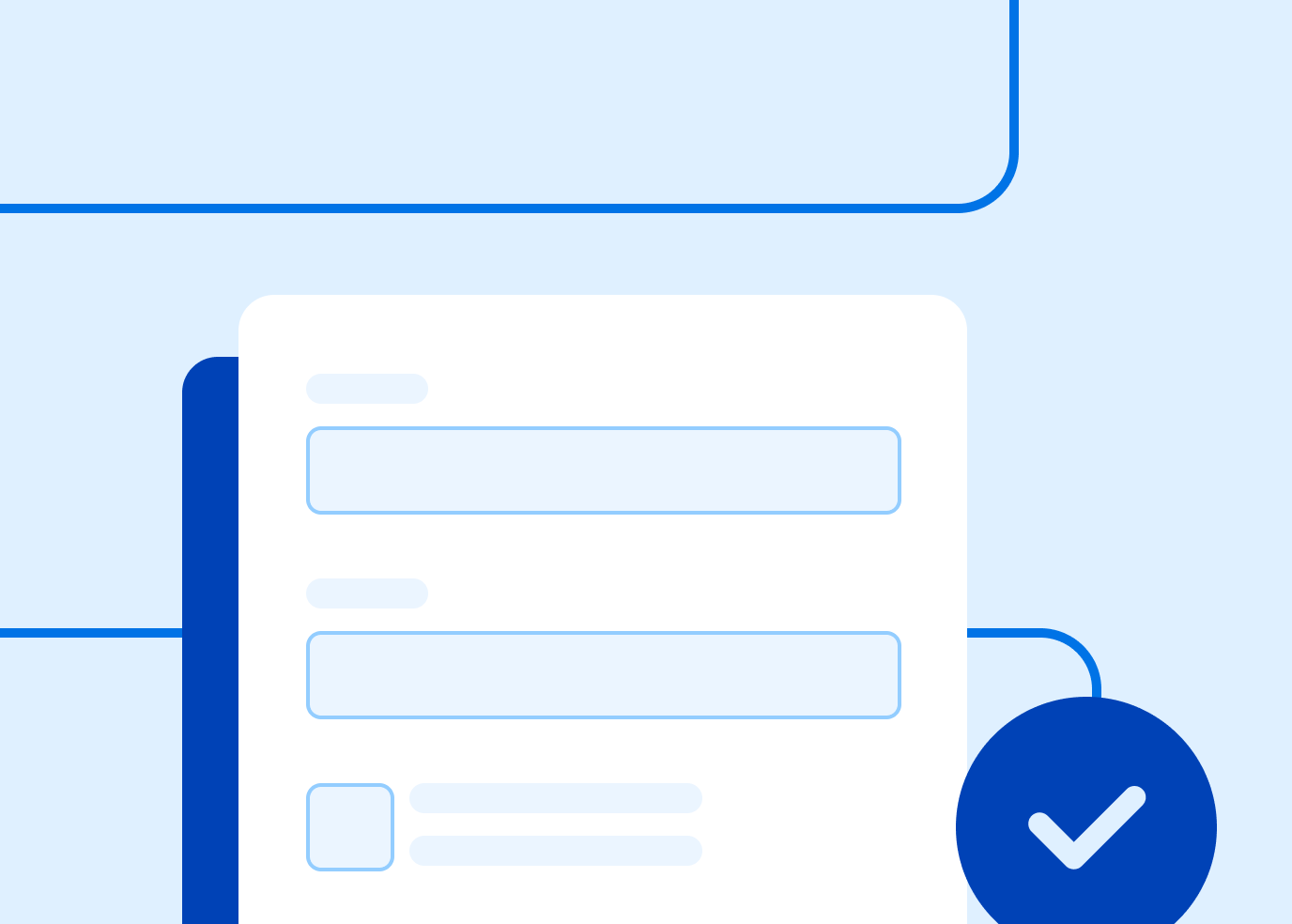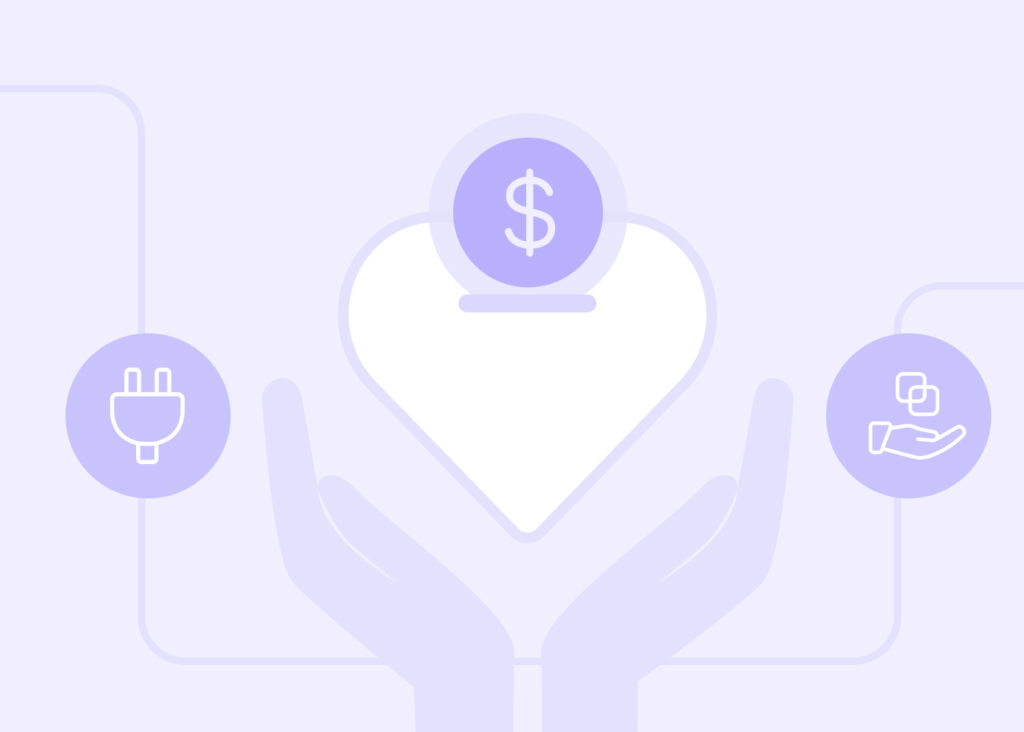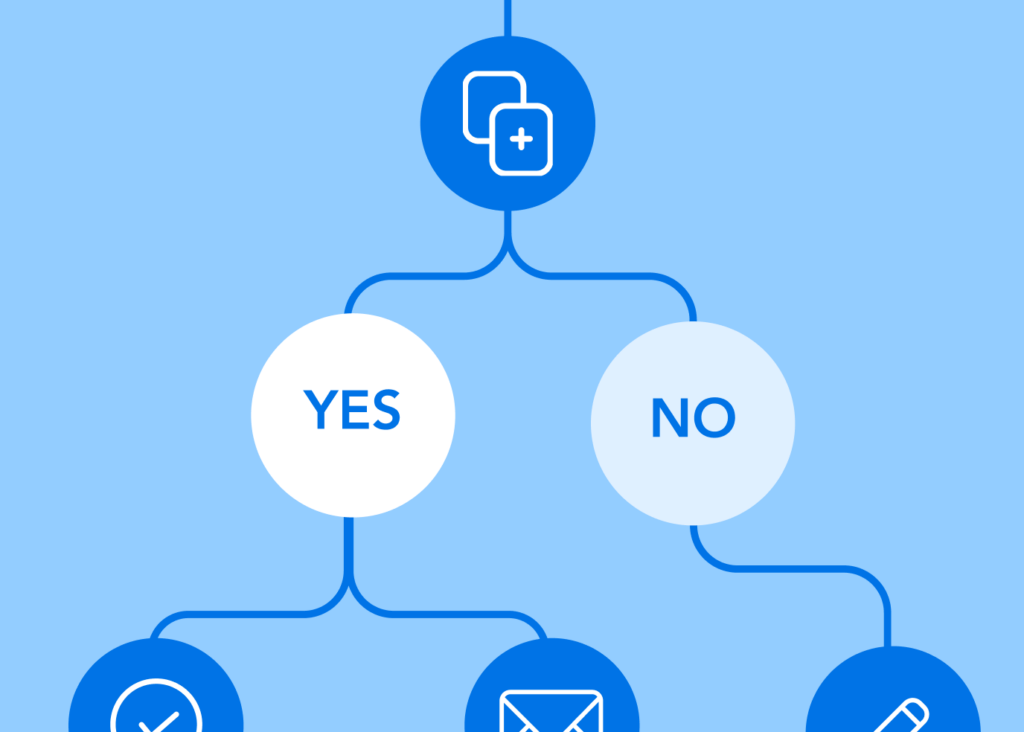As a marketer, you know that securing your audience’s attention is essential and that even a single negative interaction can drive them away. But are you maximizing the potential of one of the most crucial touchpoints in your marketing strategy—the web form?
When a user completes a form, they’re not just sharing information; they’re giving you an opportunity for deeper engagement. Here’s how you can make sure every web form submission guides leads further down the funnel.
1. Craft Compelling Forms That Capture Attention
The first step to transforming form fills into opportunities is to create visually appealing forms with concise language and clear calls to action. Use contrasting colors, whitespace, and thoughtful design to make forms stand out. Consider A/B testing different layouts, color schemes, and button placements to see what resonates most with your audience
2. Prioritize User Experience (UX) and Accessibility
A seamless user experience is key to maximizing form fills. Simplify the process by reducing the number of fields and ensuring an intuitive layout. Group related fields together and use clear labels. For multi-step and multi-page forms, add a progress bar to guide users and ease anxiety about the length of the process.
Make sure your form aligns with user intent: for example, a newsletter sign-up form should emphasize the value of regular updates, while a demo request form should highlight what the user will gain from the demo.
Don’t forget mobile optimization—forms should be just as easy to fill out on a smartphone as on a desktop. Ensure your design is mobile responsive and touch-friendly, which can significantly boost completion rates.
3. Personalize the User Experience
Use conditional logic, skip logic, and pre-filled fields to adapt forms based on user responses—show relevant follow-up questions, skip unnecessary ones, and auto-fill known details. These features streamline the experience, keep forms concise, and show users you understand their needs.
4. Use the Right Incentives
Entice users to fill out your forms by offering compelling incentives, such as valuable resources (e.g., eBooks or webinars), discounts, or exclusive access to content. Clearly communicate the benefits of filling out the form, ensuring the value proposition aligns with your audience’s interests.
5. Segment Your Audience for Targeted Engagement
Not all leads are created equal. Use your forms to segment your audience based on their responses, allowing for tailored marketing strategies. For example, if someone indicates interest in a specific product, categorize them accordingly within your CRM, like Salesforce to facilitate targeted follow-ups.
6. Follow Up with Purpose
While 66% of people who start a form complete it, only 45% of visitors convert (Zuko Analytics). What about the remaining 21%? Often, the follow-up falls short. After a user submits a form, send a timely, personalized response using the data they provided—like related content if they indicated interest in a particular topic. This targeted follow-up builds stronger connections and keeps your brand top-of-mind.
7. Analyze and Optimize Forms
Turning form fills into opportunities is an ongoing process. Regularly analyze form data to spot trends, identify drop-off points, and see which fields slow down users. Compare forms to uncover improvement areas and optimize for higher completion rates.
Every form submission is an opportunity waiting to be seized. By crafting engaging forms, prioritizing user experience, personalizing interactions, and following up strategically, you can turn every submission into a valuable lead. Remember, it’s not just about collecting data; it’s about building relationships and driving conversions.
Start making every form submission count, book a demo, today.




